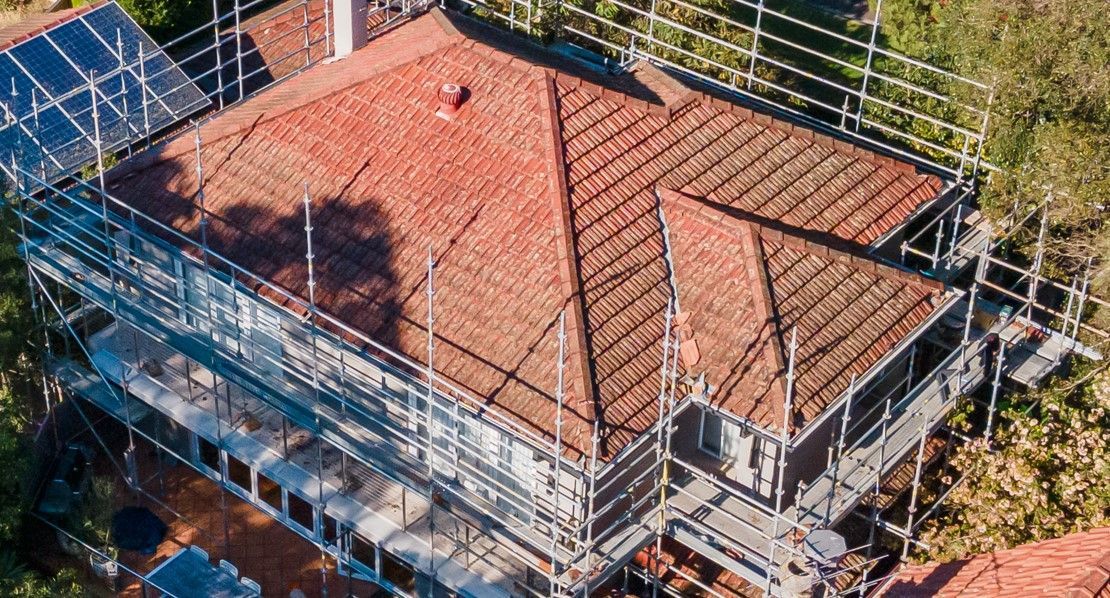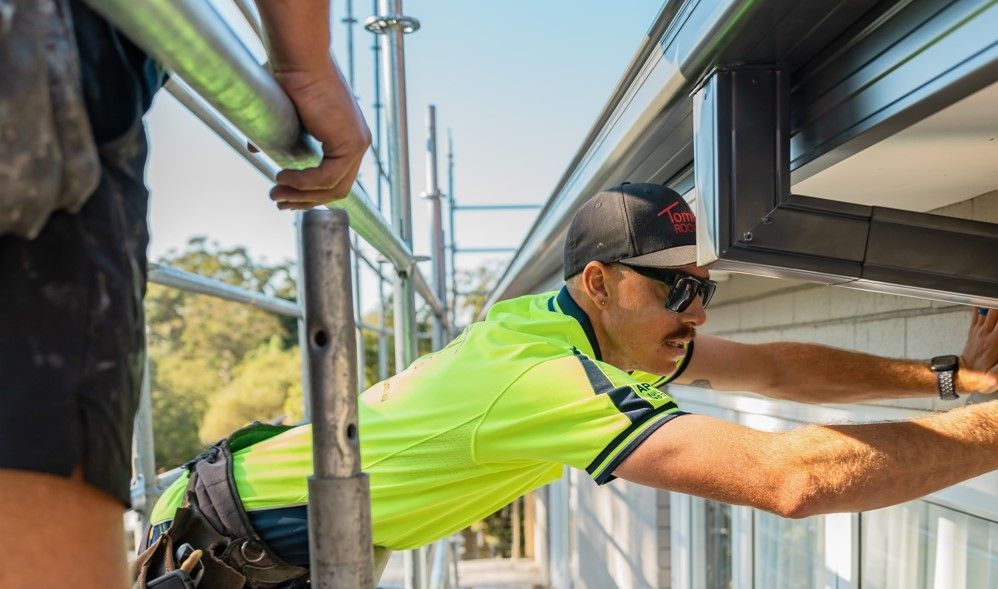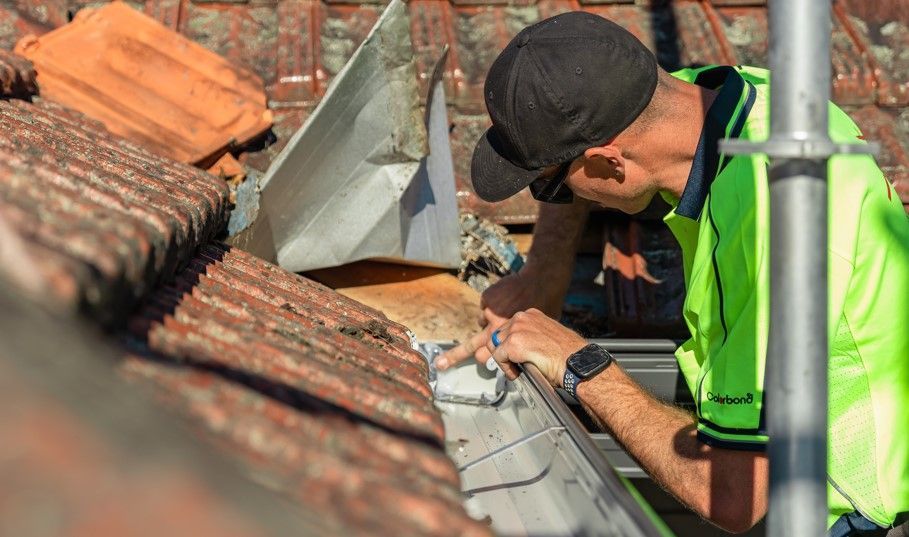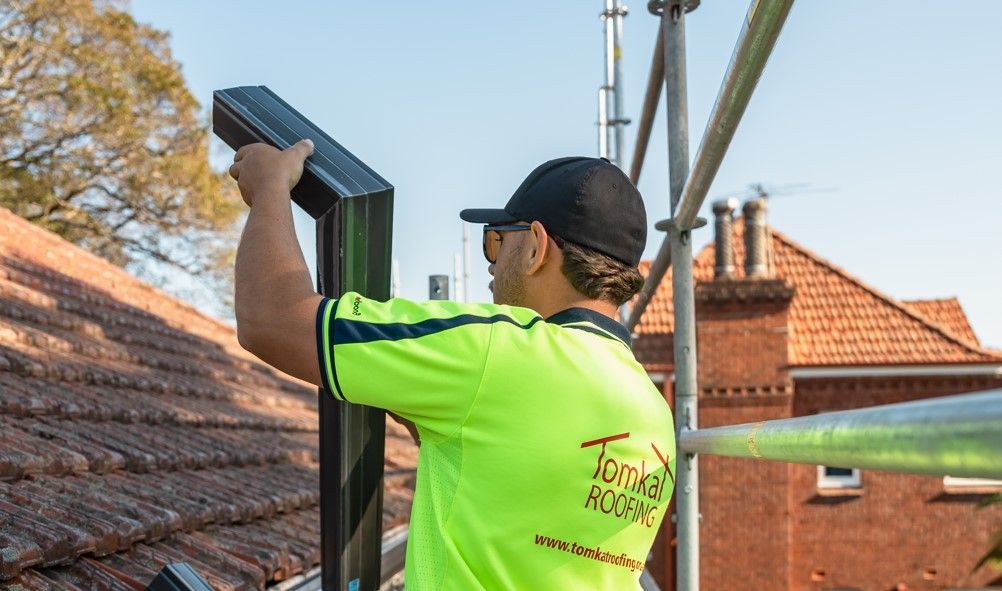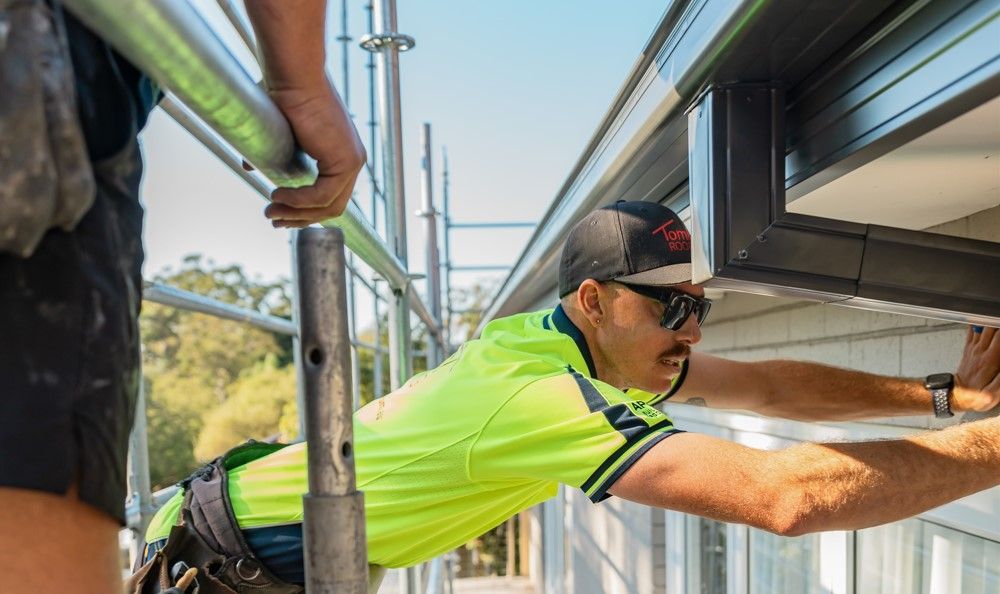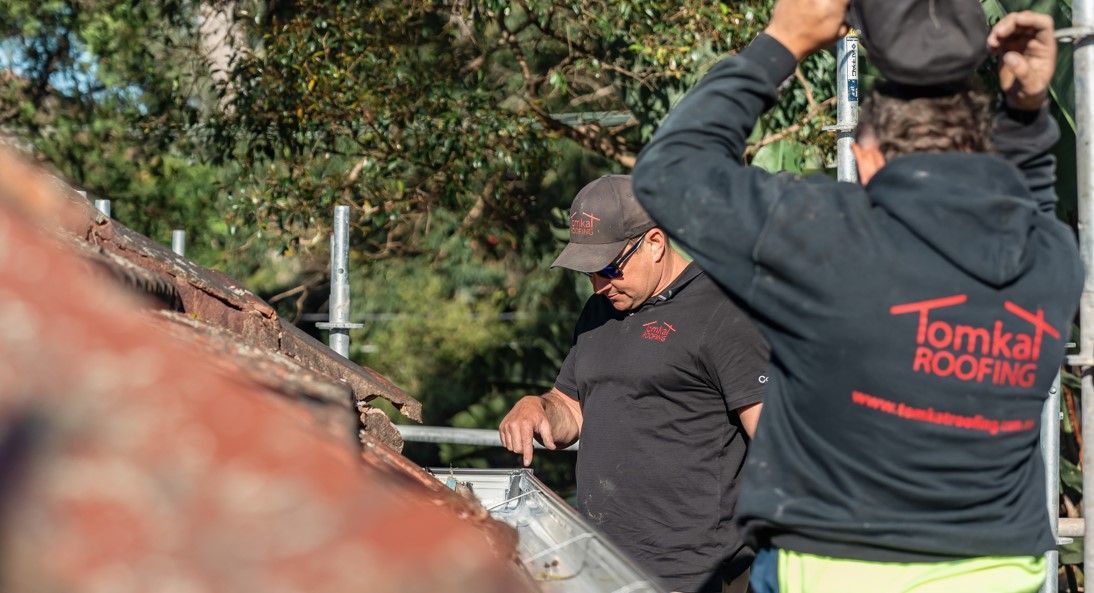Best Roof Leak Detection Methods
When it comes to maintaining the beauty of your indoors, the roof is the most critical element that can make or break the aesthetics of your interior. While the inspection and assessment of the roof are the most challenging tasks, they still hold a paramount position not only in terms of visual appeal but also in terms of their contribution to safety.
Roof leaks are a significant occurrence due to weather changes, rooftop equipment, issues with seams, and construction materials. If the problem is not resolved within time and neglected for long, it can be fatal and lead to roof collapse. But, thanks to advancement and technology, there are various ways to detect roof leaks, from traditional roof inspection to using dyes and gas for efficient assessment.
Why is Roof Leak Detection Important
Detecting dripping and leaky roofs is crucial to maintaining the integrity of your indoors. Water stains, pooling water, and water dripping along the edges of your roof and accumulating in the spaces not only affect the beauty of your indoors but are also a safety hazard.
Before we dive into the details of leak detection techniques, let’s learn why roof leak analysis is crucial. Here is a quick review encircling the importance of roof leak detection.
● The primary disadvantage of a leaky roof is its effects on the structure and foundation of your house. The dripping water can accumulate in the spaces between your ceiling and walls, leading to potential structural issues and damage to your house’s foundation.
● Piled-up water is not only a threat to your indoor charm or structure; it can contribute to several health hazards. The trapped moisture can give rise to mould growth, which poses extreme concerns for your health.
● If your roof leaks, you can clearly witness water stains on the ceiling or, in some cases, on the walls. Water dripping through the roof affects the paint in those areas, and bubbled paint can easily be seen in leakage areas. Thus, leaky roofs can affect the overall look of your home.
● Leaking water is always a security concern due to electric hazards. Electric wires running near the leak area constitute a significant fire risk.
How to Detect Roof Leaks
Detecting leaks is the first step in fixing them. If the issue is neglected and goes unnoticed, it can result in significant damage. Therefore, it is critical to detect the roof leak and address the problem accordingly. In addition, you can visualise the differences and feel changes in the roof of your home or workplace to detect potential leaks.
If you're wondering “how to detect roof leaks,” here's a brief overview of the key signs to look for when checking for leaks in your home.
● Yellow or brownish water stains on the roof or walls
● Dripping water from the roof
● A distinct musty or mouldy odour indicating mould growth
● Sagging ceiling or, in some cases, walls
● Visible holes, cracks, and gaps in the roof
Advanced Approaches in Roof Leak Detection
Traditional practices involved climbing ladders or scaffolds and performing a visual inspection of the roof to detect leaks. This practice has been standard for several years and is still practised in conjunction with modern leak detection methods. With the passage of time, technology has evolved, giving rise to various advanced approaches and contemporary techniques to assess and repair roof leaks.
Here is a brief description of cutting-edge roof inspection technologies. Let’s dig in.
1. Traditional Visual Inspection
Although visual inspection dates back decades, modern practices begin with an initial visual assessment. Professional roof plumbers start the inspection procedure by analysing the roof and diagnosing the extent of damage done. These individuals are experienced experts in identifying nuanced issues and addressing them accordingly.
In addition, inspecting the leaking roof with the naked eye can help identify mould growth or other subtle problems and assist in easy and inexpensive repairs. Thus, this traditional practice of roof leak assessment applies to small-scale residential areas. An advanced approach for commercial roof leaks or big-scale properties should follow visual analysis.
2. Water Hose Test
Another low-budget test that can be performed easily at home without professional help is running water through a hose on your roof. Start by spraying the water on the lowest section and gradually reaching the top. Ask someone to stay inside and monitor where the leak is coming from. Check for drips, and if the water appears after spraying a significant section of the roof, you are likely to find the origin of the leaky roof.
Ultimately, this technique works best when you have a general idea of the initial point of the leak. The method is not advanced and can be performed easily at home. Additionally, the best part of the test is it is not very time-consuming and delivers good results in detecting leaks.
3. Thermal Imaging
Thermal imaging is a modern technique for detecting moisture damage. There are various areas inside the roof where moisture can be trapped and lead to mould growth. The inspection begins using a thermal imager to identify the presence of water or moisture below the roof surface.
Moreover, the trapped water in the roof’s infrastructure has a relatively lower temperature than the surrounding water. Thus, roof leaks can be detected by identifying the temperature difference on the roof.
4. Gas Testing
Gas testing is a noninvasive method of roof leak detection. It starts by inducing an inert, nontoxic tracer gas beneath the roof membrane. The tracer gas is a mixture of helium, nitrogen, or hydrogen pumped into the roof's internal cavity. Additionally, the entire setup is carefully monetised by specialised gas detectors that inspect any escape of the tracer gas on the roof’s surface.
Thus, the method is helpful in carefully detecting leaks and identifying the spots of leaks on your roof. Along with finding roof leaks, the gas testing technique is also useful in detecting the porosity of water pipes. The testing method helps detect challenging leaks in hard-to-reach areas that are difficult to observe and inspect.
5. Dye Testing
The dye testing method is not a much-advanced approach to detecting roof leaks and damages in comparison to other processes. But dye testing is a budget-friendly technique to analyse your roofs for any potential leaks. The method is used to trace the leak's pathway and detect the leak's initial point in a cost-effective manner.
The test initiates by adding a relatively minor amount of dye to the water around the leaking roof. The dyed water is then traced to identify the path of the leak to help you show the initial point of damage. Hence, the dye testing method is not very efficient, but it is a reliable approach to finding roof leaks and staying within budget.
6. Drones and Aerial Imagine
Traditional inspection of leak roofs advances to introduce aerial imaging. The process involves using drones to capture the details of roof leaks to detect damages and other issues. The best advantage of aerial imaging is the high-security feature that avoids the hazards of climbing on a ladder or scaffolds.
Drones cover a large area and capture high-resolution images to give accurate and authentic leak images. In addition, drones can be useful in detecting cracked shingles, gutter blockages, roof leaks, and missing tiles. Thus, getting an aerial photograph of your roof can help you inspect both your residential and commercial roofs in a quick and efficient manner.
How to Fix Roof Leaks
Leak roofs are never considered good; they affect your indoors by leaving water stains and structural issues. Additionally, they give rise to mould growth and microbial contamination that can be a health hazard if neglected. Once the problem is identified, it is easier to treat and resolve the matter.
Therefore, it is critical to assess your roof and identify potential leaking spots to fix them. Contacting a professional roof plumber to get your leaking roof repaired is one of the best decisions. Expert roof plumbers not only detect leaks but also take necessary measures to fix and repair the roof.
If you are looking for expert roof leak detection in Sydney, contact our roof plumber specialists. At Tomkat Roofing, we protect your homes and workplaces by offering high-quality materials and equipment for roof assessment, fixing, and replacement. Our staff is well-trained and certified to meet all your plumbing needs.
Final Thoughts on Roof Leak Detection
As technology continues to evolve, roof leak detection becomes quicker and hassle-free. In contrast, traditional practices involve visual assessments that are prone to errors and full of safety hazards, while modern practices are more accurate and possess no safety concerns.
From cost-effective dye testing methods to aerial imaging using drones, detecting damaged and leaked roofs is now easy and simple. In addition, advanced approaches contribute to more accuracy and reduced repair time.
Getting your roof inspected by professional plumbers is essential to maintaining the beauty of your indoors and avoiding safety hazards.
At Tomkat Roofing, we provide top-notch and reliable roof inspection, repair, and replacement services across Sydney. Contact our expert roof plumbers today to get your leaky roof inspected and repaired now.


